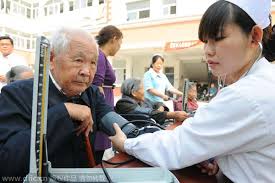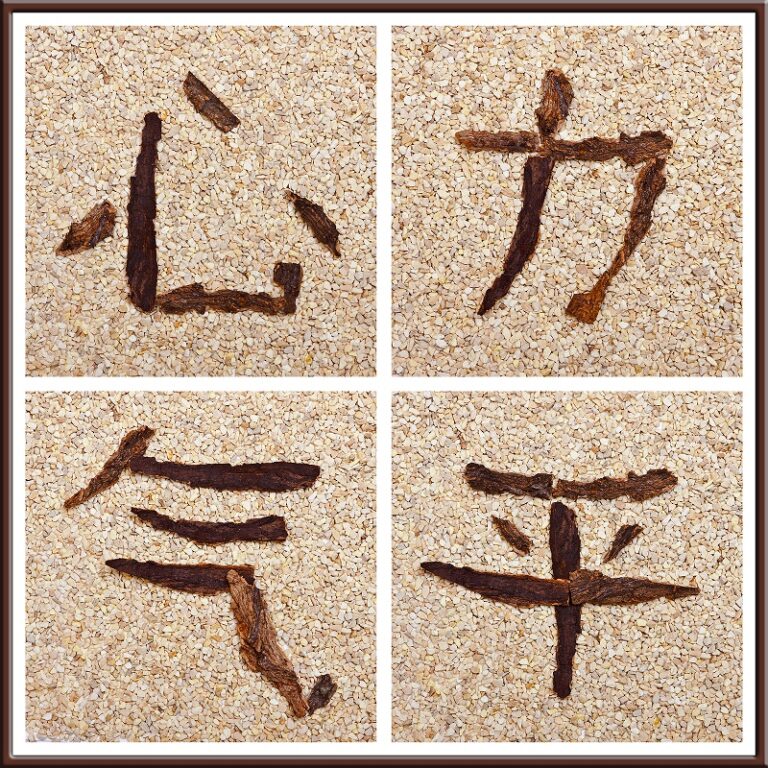China Eyes Global Leadership in Rare Disease
In the US, a rare disease is defined as affecting 75 in every 100,000 people, in Japan the definition is 40 out of 100,000 and in the EU it is 20 out of 100,000. In China rare disease does not yet have a specific definition, but it is under study.
The 8th China Rare Disease Summit held in Shenzhen on September 21st, 2019 was a great opportunity to measure the progress made by China. Through exchanges with public officials, academics, representatives of patient associations and industry experts, we sensed a paradigm shift. There are three fundamental changes, that are interconnected but not yet at the same level of maturity.
Regulatory Reform
First, regulatory reform has been successfully implemented. There is no longer a major backlog in the drug registration process. More importantly, the National Medical Product Administration (NMPA) has created an accelerated pathway for products for urgent needs and for which foreign data could be acceptable.
Then, a list of 121 China rare diseases has been issued by the National Health Commission (NHC) in February 2019. It is far away from the total number of rare diseases, which is estimated to be in the range of 7,000. But it is a first step towards recognizing the urgent needs of Chinese patients and the deficiency of the current Chinese drug system which is not supplying these drugs.
Changing Attitudes to Patients
Second, the authorities are changing their attitudes towards patient groups and associations. China is a communist country and has been historically very reluctant to recognize grass-roots organizations that the Party does not control. In the case of rare diseases, patient associations are even more important as the market rule prevents the “natural development” of drugs.
There are a very limited number of patients and these diseases are unknown to most physicians. In China on average, a patient suffering from a rare disease needs to wander around in the health system for five years before finding the right diagnosis. Therefore, the authorities are no longer trying to shut down the patient groups but are recognizing them.
The event in Shenzhen was organized by one of the patient associations and the NMPA allowed them to make the opening speech, de facto recognition of the association. We all hope that formal recognition of such groups (through legal registration) will progress soon. Even more meaningful will be their joining in the NMPA‘s registration decision-making. We understand it is under consideration.
Funding for Rare Diseases
The third fundamental change is funding. Economic considerations are more important than for “normal” diseases. Treatments are more costly as patients’ numbers are limited and access is more difficult as only a few medical centres are able to make a correct diagnosis. As for drug policy in China, pricing and reimbursement reform is taking a long time compared to registration reform, but progress is coming.
During the event it was confirmed that the State Medical Insurance Administration (SMIA) is considering a specific fund to cover rare disease costs. The total amount could be in the range of RMB 500,000 (USD 70,000) per patient but is not yet confirmed and the future process is not yet known.
All this progress has been achieved in the last two years. If the new paradigms are implemented to their full extent, China could significantly impact the overall course of the global pharmaceutical industry.
With 20 percent of the world population, China has the biggest pool of patients. Thus, a rare disease in China benefits from a cohort four or five times bigger than those of the EU or US. On the economic side, there is no doubt that the Authorities are willing to find better solutions in term of access than in the US.
When reforms are fully operational, China will propose volume and reasonable prices. Professor Hu Shanlian, an eminent Chinese health economist, concluded his speech by wishing one day to see Western countries use China as a reference price when listing new products at home. Today China gets products last in the product life cycle and needs to refer to international prices.
But when all the reforms are fully operational, it could be the reverse: China attracts the launch first and then the world would refer to the China price.
( Eric Bouteiller leads Cornerstone’s Life Science and Health Practice Group. This article first appeared in the global industry website pharmaboardroom.com)






